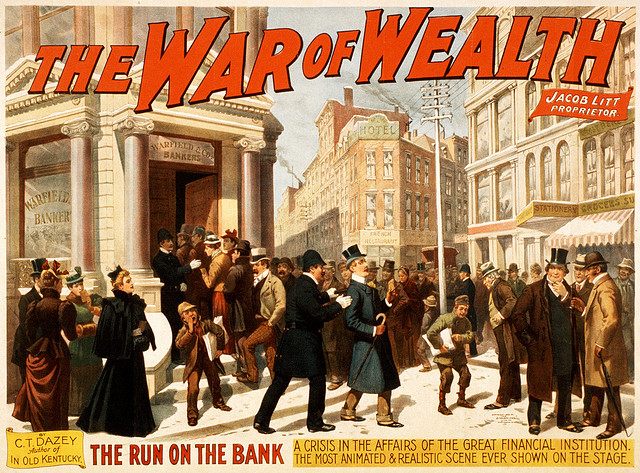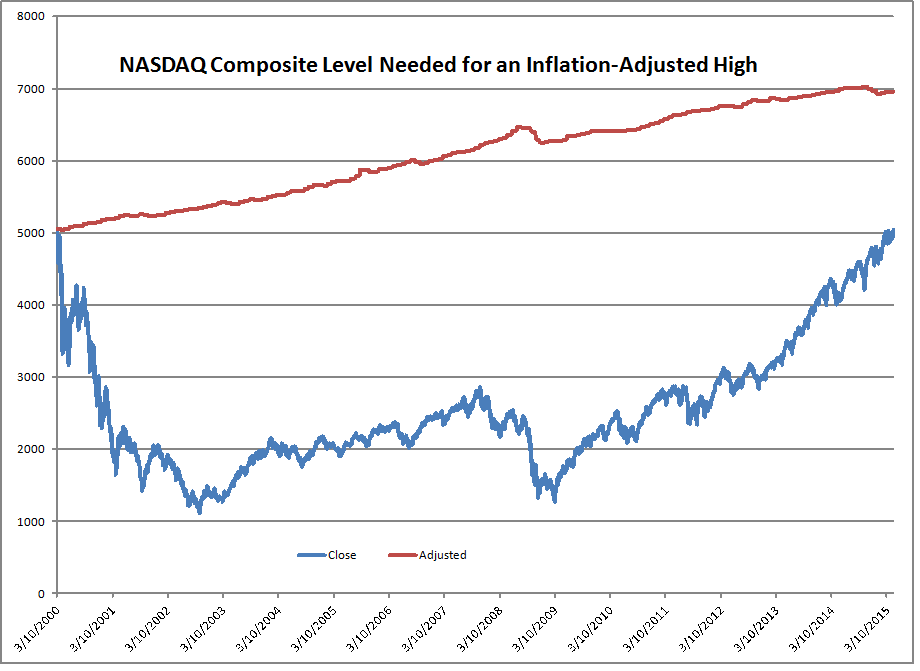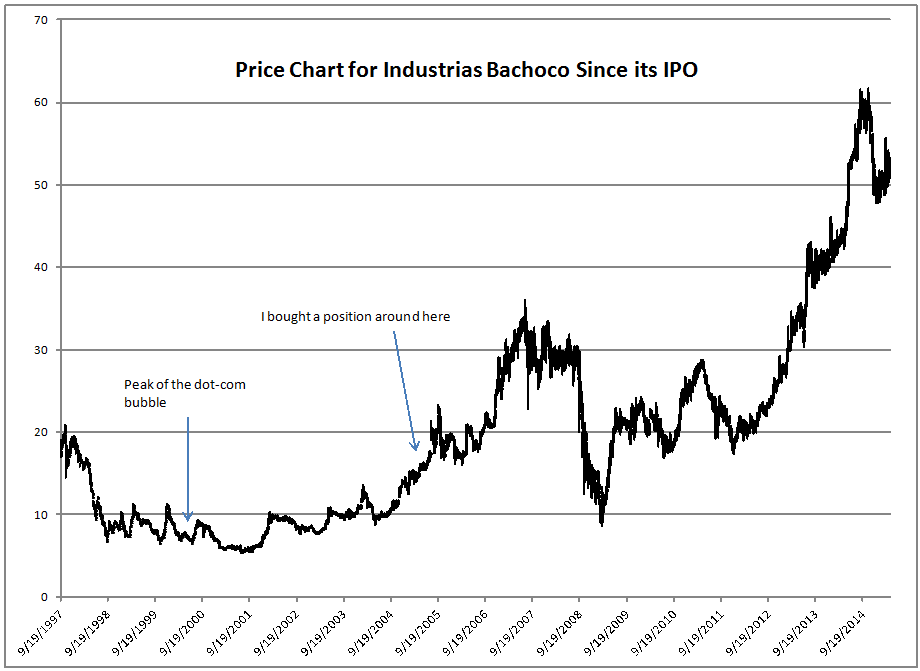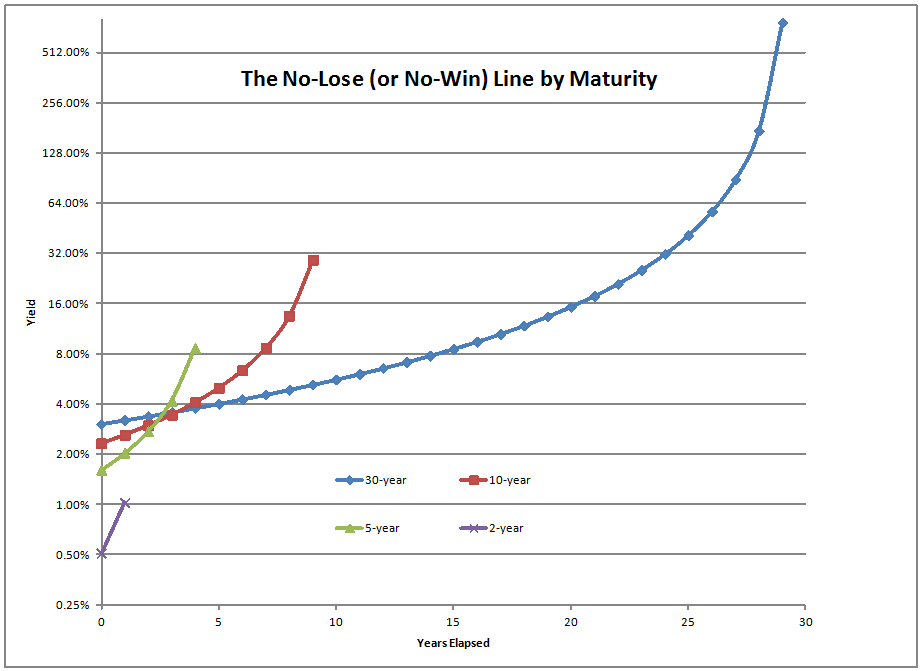Bid Out Your Personal Insurance Policies!

This should be a relatively quick note on personal lines insurance. I’m writing this after reading the piece in this month’s Consumer Reports on Auto Insurance. ?I agree with most of it. ?For those that are short on time, my basic advice is this: bid out your auto, home, umbrella and other personal lines property & casualty insurance policies once every three years, or after every significant event that?changes your premium significantly.
Here are a few simple facts to consider:
- Personal lines insurance — auto, home, umbrella, rental, etc. is a very competitive business, and the companies that offer it?all want an underwriting formula that would give them the best estimate of expected losses from each person insured.
- After that, they want to know how much “wiggle room” that they would have to build in some profit. ?Where might the second place bid be? ?How likely are consumers to shop around?
- Most insurers use a mix of credit scores and claim history to calculate rates. ?Together, they are effective at forecasting loss costs — more effective than either one separately.
- Read my piece?On Credit Scores. ?They are very important, because they measure moral tendency. ?People with low scores tend to?have more claims than those with high scores on average. ?People with high scores tend to be more careful in life. ?This is a forward-looking aspect of a person’s underwriting profile.
- It’s fair to use “credit scores” because they are positively and significantly correlated with loss costs. ?The actuaries have tested this. ?Note that it is legal in almost?all states to use credit scores, or something like them, but not all of them.
- As the Consumer Reports article points out, many insurance companies take advantage of insureds that stick with them year by year, because they don’t shop around. ?Easy cure: bid out your policy every three years at minimum. ?If enough people do this, the insurance companies that overcharge loyal customers will stop doing it. ?(Note: when I was a buy side analyst analyzing insurance stocks, one company implicitly admitted to doing this, and I was insured by them. ?Guess what I did next? ?It was not to sell the stock, though eventually I did when I saw that their premium increases were no longer increasing profits.)
- Also be willing to unbundle your home and auto policies — there may be a discount, or there may not as the?Consumer Reports article states. ?I’ve worked it both ways, and am unbundled at present.
- If they have that much money for amusing advertising, it implies that the market isn’t that rational. ?Bid it out.
- But — it is important to realize that insurers don’t all have the same formulas for underwriting, and those formulas are not static over time. ?Bidding out your insurance makes sure you benefit from changes that positively affect you.
- Insurers tend to get more competitive as the surplus they have to deploy gets bigger, and vice-versa when it shrinks after a large disaster. ?If your premium goes up after a disaster, bid the policies out. ?If it drifts up slowly when there have been no significant disasters, or claims on your part, they are taking advantage of you. ?Bid it out.
Bid it out. ?Bid it out. ?Bid it out. ?What do you have to lose? ?If loyalty means something to the insurer, they will likely win the bid. ?If it doesn’t, they will likely lose. ?Either way you will win. ?If you have an agent, they will note that you are price-sensitive. ?The agent will become more of an ally, even if it doesn’t seem that way.
I went through this several times. ?Most people who have read me for a while know that I have a large family — I am going to start teaching number seven to drive now. ?I bid it out when kids came onto my policy. ?It produced a change. ?When two of my kids had accidents in short succession, my premiums rose a lot. ?They would not underwrite one kid. ?I got most of it back when I bid it out. ?Since that time, the two have been claim-free for 2.5 years. ?Guess what I am going to do next March, when I am close to the renewal where premiums would shift? ?You got it; I will bid it out.
There is one more reason to bid it out: it forces you to review your insurance needs. ?You may need more or less coverage than you currently have. You might realize that you need an umbrella policy for additional protection. ?You may decide to self-insure more by raising your deductibles. ?The exercise is a good one.
You don’t need transparency, or more regulation. ?You don’t get transparency in the pricing of many items. ?You do need to bid out your business every now and then. ?You are your own best defender in matters like this. ?Take your opportunity and bid out your policies.
Make sure that you:
- Choose a range of insurers — Large companies, smaller local companies, stock/mutual, and any that favor a group you belong to, if the group is known to be filled with good risks.
- Give them a standardized request for insurance, giving all of the parameters for your coverage, and data on those insured.
- Tell them they get one shot, so submit their best bid now… there will be no second looks.
- Some companies argue more about paying claims. ?(AIG once had a reputation that way.) ?Limit your bidders to those with a reputation for fairness. ?State insurance departments often keep lists of complaints for companies. ?Take a look in your home state. ?Talk with friends. ?Google the company name with a few choice words (cheated, claim?denied, etc.) to see complaints, realizing that complainers aren’t always right.
- Limit yourself to the incumbent carrier and 4-6 others. ?Seven is more than enough, given the work involved.
So, what are you waiting for? ?Bid out your personal insurance business.
Full disclosure: long AIZ, ALL, BRK/B, TRV for myself and clients (I know the industry well)











